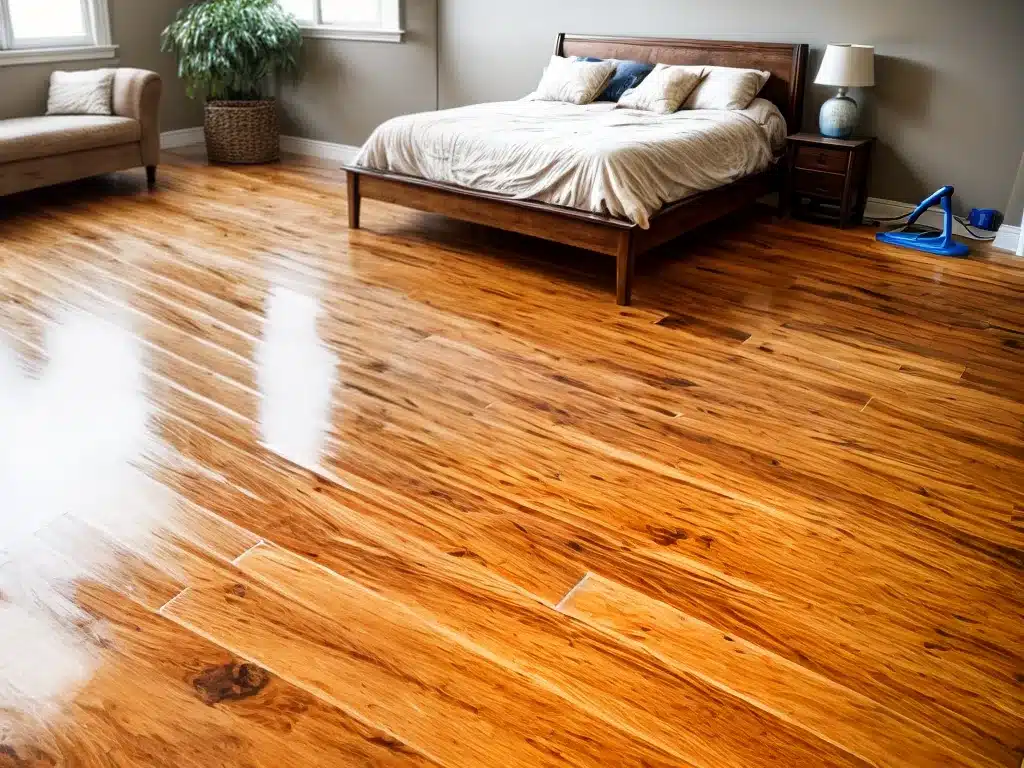Introduction
Keeping your floors clean and shiny can seem like a daunting task. However, with the right tools and techniques, it’s easier than you think! As a homeowner who takes pride in having sparkling floors, I’m excited to share my best tips for mopping different types of flooring. Whether you have wood, tile, vinyl, or another material, this guide will help you make your floors shine. Let’s get started!
Prepping Your Floors
Before mopping, it’s important to thoroughly prep your floors. This ensures you’re starting with a clean slate so the mopping is more effective.
Sweeping
The first step is sweeping to remove any loose dirt, dust, or debris. For wood floors, use a soft bristle broom to avoid scratches. On tile or vinyl, you can use a regular broom. Sweep under furniture and in corners to remove all dust bunnies.
Vacuuming
Next, go over the floors with your vacuum. This picks up any remaining dirt or dust that sweeping missed. Use the proper vacuum head for your floor type. On wood, use a brush head to avoid scratches. For other floors, the regular head is fine.
Cleaning Tough Stains
Check your floors for any tough stains before mopping. For wood stains, use a wood cleaner or mild vinegar solution. For tile or vinyl, try a tile/vinyl cleaner or baking soda paste. Pretreating stains will allow your mopping to be more effective.
Choosing the Right Mop and Bucket
Having the proper mop and bucket setup makes a big difference in getting floors clean. Consider these tips:
Mop Type
-
For wood floors, use a microfiber mop or spray mop. These are gentle and won’t scratch.
-
On tile or vinyl, a string mop or spin mop works great. The strings/microfiber scrub well.
-
Flat mops are versatile for all floor types. Easy to get into corners.
Bucket
-
Use two buckets for mopping – one for clean water and one for dirty.
-
Add a scrub brush in the dirty bucket to help remove debris from the mop.
-
For wood floors, have a separate wood-only bucket to avoid cross-contamination.
Mopping Techniques by Floor Type
The mopping technique you use depends on your floor type. Here are tips for getting each material shiny:
Wood Floors
-
Use a wood floor cleaner or mild vinegar and water solution (1 cup vinegar per gallon of water).
-
Work in sections and use a figure-8 motion to mop. Overlap sections to prevent streaks.
-
Rinse the mop frequently and change the water often to prevent dirt buildup.
-
Buff dry with a clean towel immediately so the floor doesn’t air dry.
Tile Floors
-
Use a tile floor cleaner or vinegar solution (1-2 cups vinegar per gallon of water).
-
Scrub tiles in a circular motion to lift dirt from the grout. Rinse mop often.
-
For stubborn stains on grout, use a scrub brush or baking soda paste. Let sit 5-10 minutes before mopping.
-
It’s okay to let tile air dry – no need to buff.
Vinyl Floors
-
Use vinyl floor cleaner or diluted vinegar solution (1 cup vinegar per gallon).
-
Mop in long strokes, overlapping as you go. Change rinse water often.
-
For tough stains, spray vinegar directly on the stain and let sit before mopping.
-
Buff dry with a microfiber towel to prevent streaks and water marks.
Extra Tips for Shiny Floors
Follow these extra tips for keeping floors shiny between moppings:
-
Sweep or vacuum daily to prevent dirt buildup.
-
Immediately wipe up spills when they happen.
-
Consider using floor mats by exterior doors to reduce tracked-in dirt.
-
For wood floors, routinely clean with wood floor cleaner to nourish the finish.
-
On tile, use a grout pen to keep grout lines clean and bright.
-
Use area rugs in high traffic areas to limit wear and scratches.
Conclusion
The key to shiny floors is regular mopping with the proper techniques and tools for your floor type. Prep floors thoroughly, use the right mop and bucket, choose the ideal cleaning solution, and mop with the grain using overlapping strokes. With a little elbow grease and these tips, you’ll have sparkling floors in no time! Let me know if you have any other tricks for getting floors to shine.







